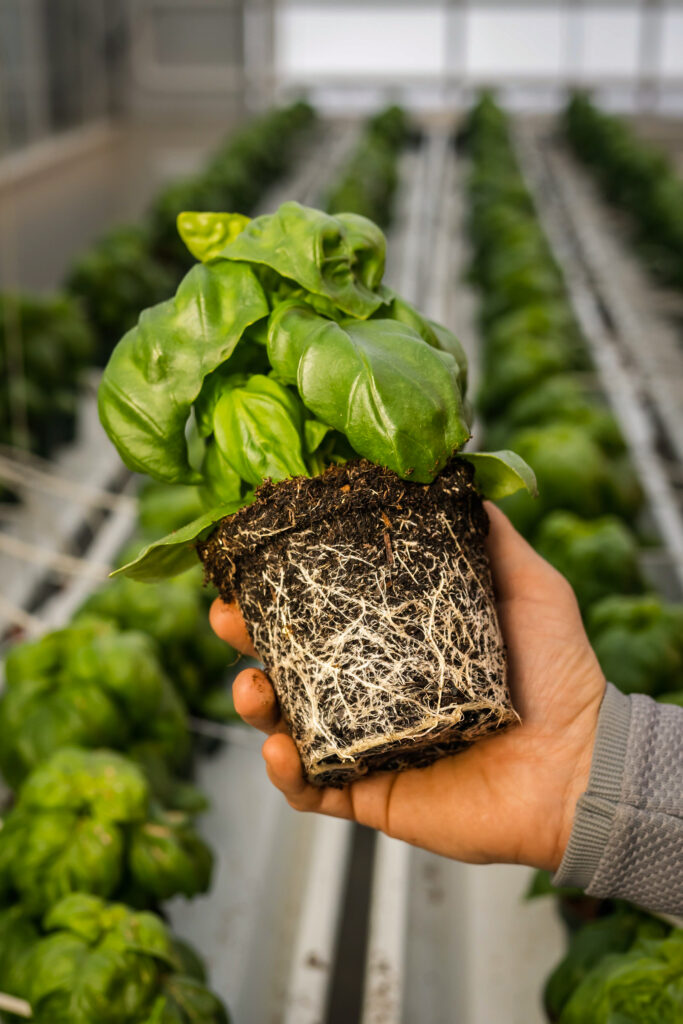Garden Mums: Controlling Height
A crop of proportionally shaped and well mounded plants begins with adequate spacing. For fall plantings, I prefer 18- to 24-inch on-centre spacing for 8-inch diameter containers or larger. With ample spacing, adequate light and air movement can penetrate the lower canopy, providing a healthier environment and sturdier growth for a major portion of the growing period. Space the plants so that they are barely touching each other when they begin to bloom. I have found that if the plants fill in their space too soon, leaves that overlap from one plant to another signal competition for space, which can result in undesirable growth.
When estimating the final height of the crop, strive to reach 70 to 80% of the final height by the time the flower buds are peppercorn size (about half the size of a pea). Depending on daytime temperatures and the vigour and growth habit of the variety, buds of this size usually develop two to four weeks prior to finish.
Suppliers of garden mum cuttings include descriptions of the growth habits of each variety in their catalogues. This information is a good starting point if you are a novice grower, however for the veteran grower, good recordkeeping will greatly facilitate making your selections in each subsequent year. Good records and appropriate varietal selections will also help simplify your growth regulator programs.

Application of plant growth regulators
Recommendations for application rates of plant growth regulators (PGR) will differ from variety to variety, and these rates may need to be adjusted somewhat to suit your actual growing conditions and cultural practises. In general, I believe that garden mums require at least a minimal amount of PGR to produce a strong compact chassis that is able to support the weight of the breaks (lateral shoots) initiated after the final pinch. Allowing this new growth to stretch beyond two to three inches creates weak internodes and can result in a top-heavy plant.
I will often recommend B-Nine® as the PGR of choice for initial applications. B-Nine® is reliable and more forgiving of the variable weather conditions that can occur throughout the growing season. Bonzi® is also quite effective for height control, but it must be used carefully to avoid stunting the plants early in the growing season.
For fall crops, a good starting point would be to spray with 2500 ppm of B-Nine® solution as early as one to two weeks after the last pinch. Successive applications of PGR may be repeated based on the vigour and the growth habit of the variety. Higher rates may be necessary for higher temperatures or rapid vigorous growth. A word of caution is warranted for foliar applications of B-Nine®: to be effective, this PGR should remain wet on the foliage for at least six hours, so it should be sprayed late in the day or in the early morning on an overcast day.
Once the flower buds have reached the size of peppercorns (half-pea size), it is advisable to avoid foliar applications of PGR, which could cause a delay in flowering and, in some cases, even discolour the flowers. If late applications of PGR are still necessary at this point, applying a Bonzi® drench may be warranted to help control last-minute growth surges. It is always advisable to start with the lowest recommended rates for your area and carefully follow the precautionary steps on the product label to make sure the drench is effective.
In conclusion, a well-planned PGR program combined with the fertility program should allow you to grow mum varieties within your targeted height range.


